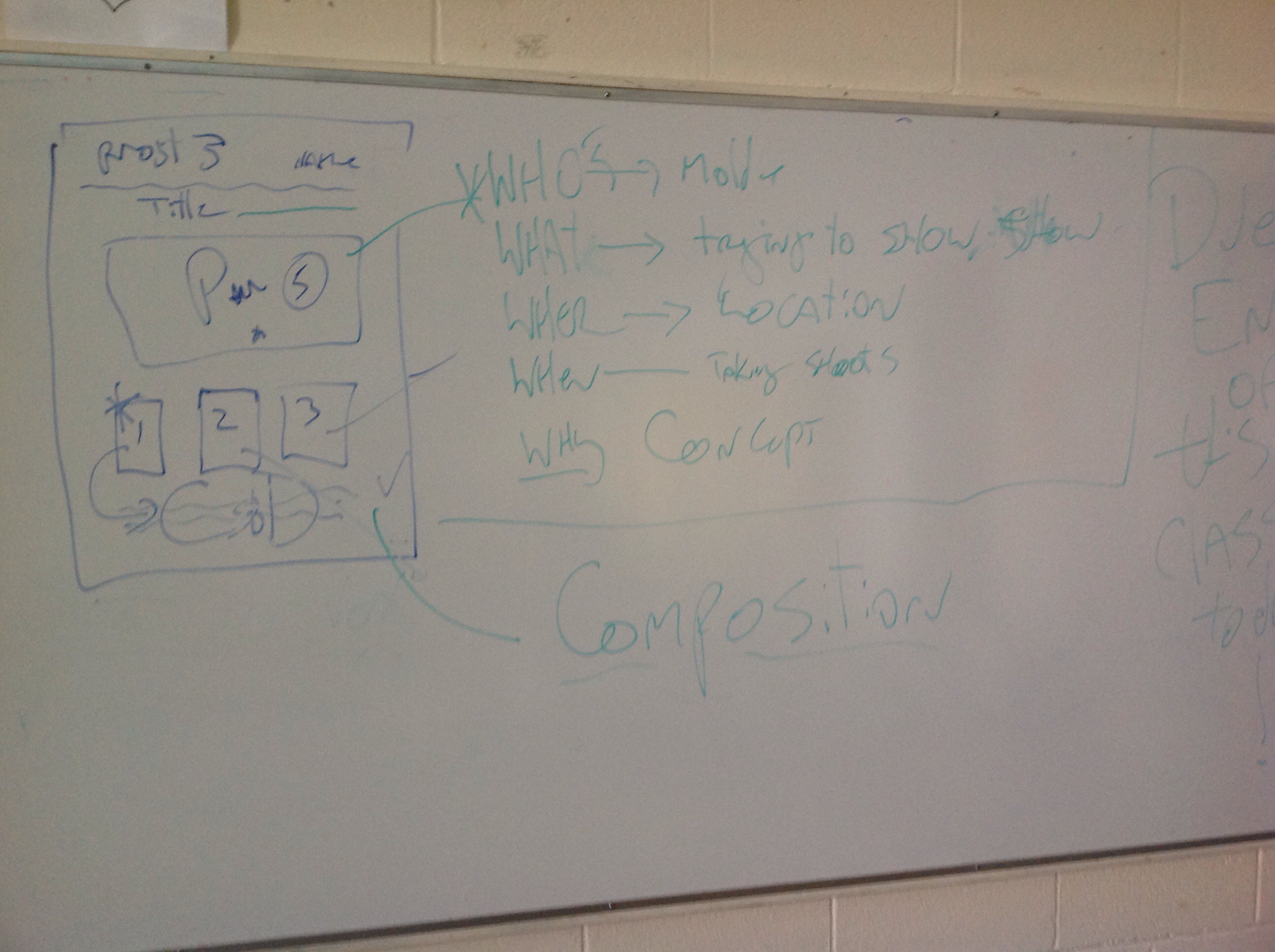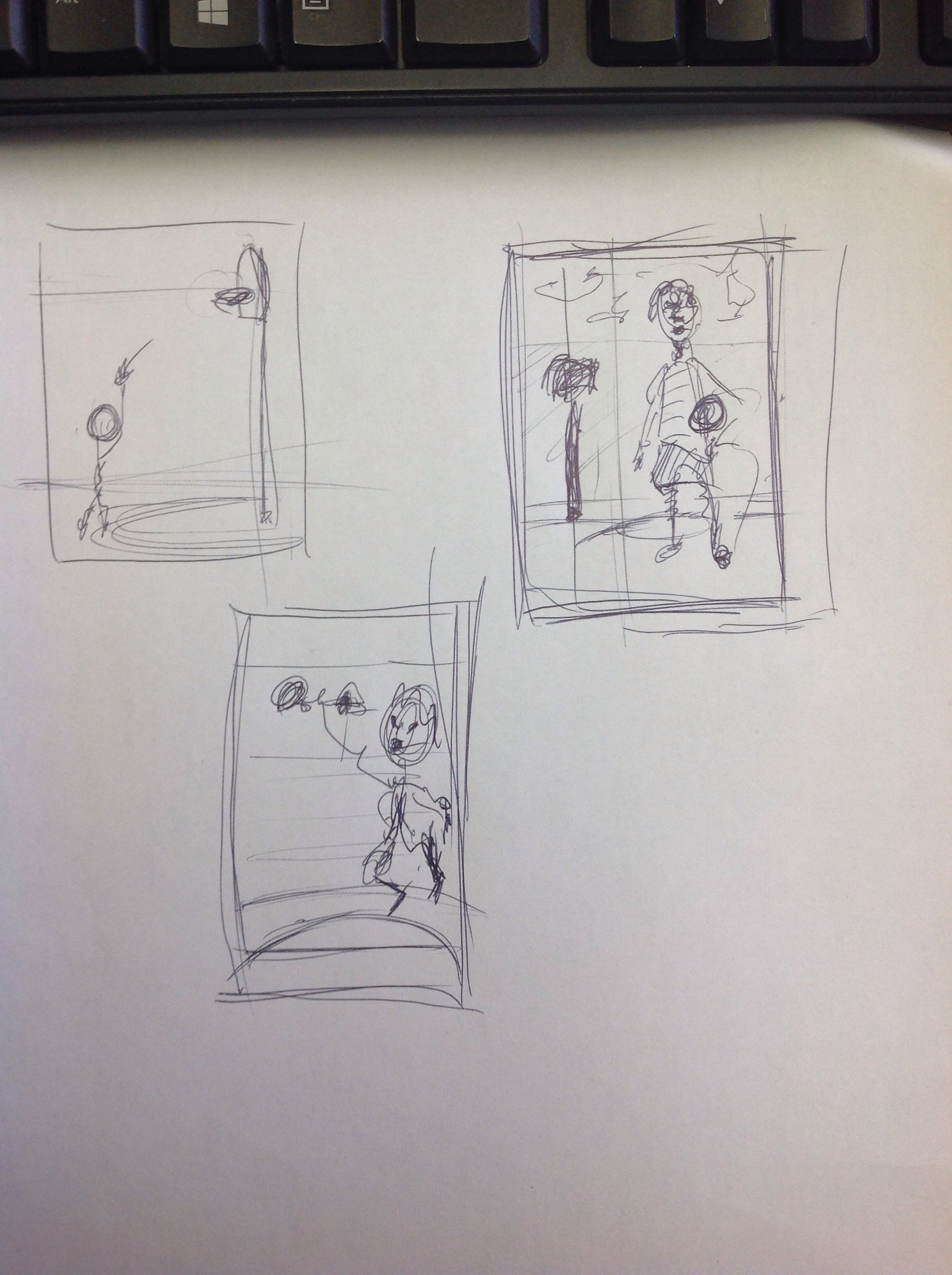WHAT IS A PORTRAIT?
A portrait is defined as a likeness of a person, especially of the person’s face. Simply that. But, the word in general use has deeper connotations. A photographic portrait is understood to be a good quality image that not only captures a person’s physical likeness on film, but also something of the person’s character, generally in a manner that is attractive and pleasing to the subject.
CHARACTER REVELATION
A good portrait will contain at least one element that reveals the subject’s personality, attitude, unique mannerisms or any of the other features or traits that form the individual nature of the person. It will tell us something about the subject. You may have heard someone remark that a particular photographer “really captured” their father or child, for example, in a picture. They are referring in part to the image being a true physical likeness, but what they are really saying is that the image also reveals a significant, identifiable part of the subject’s character. The portrait photographer who has never previously met the subject therefore has quite a challenge.
HOW DO YOU DISCOVER CHARACTER TRAITS?
We all reveal our feelings and attitudes differently. Some of us may show our individual character with immediate transparency, while others may be more difficult to “read” at first. The portrait photographer must become proficient at studying people whom he or she doesn’t know in order to capture their essence. This means watching for signals in a subject’s mannerism, reactions, expressions, body language and so on, and then judging how best to have the subject’s character revealed for the camera.
This takes skill and an understanding of human nature. It almost always requires engaging the subject in conversation, and quickly finding a suitable topic that will grab her or his interest and evoke a reaction. Find common ground or a topic of particular interest to your subject, which can be a hobby, the latest news, a mutual acquaintance, or any number of topics. Building a rapport with the subject is important, whether a three-year-old child or a ninety-five-year old statesman, because it makes the subject more at ease in your presence, and therefore more relaxed and natural-looking for the lens. You must take all possible steps to put a subject at ease in order for her or him to appear natural. Visit Character revelation for more information.
OTHER POINTERS
There are many components to a good portrait, but the main component is control by the photographer. You must be in charge and must be looked upon by your subject as being competent and knowledgeable if your subject is to have any confidence in you.
This means you must be prepared in advance, not fumbling with film when the subject is ready to be photographed. It means you must be confident in yourself and exude that confidence throughout the session, and must be relaxed yourself if you expect your subject to become relaxed.
Keep in mind that it is the person who is emphasized in a portrait – not his or her surroundings. Viewers of the portrait should see more than just a recognizable photograph of someone. The picture must contain mood, show personality and character, allowing the viewer to draw conclusions about the person in the portrait.
Questions to ask:
- Why have you chosen this specific model?
- How are you going to bring out your models special qualities through you use of Compassion and Design, location, props, etc?
- What attitude does you model exhibit?
Natural Light Portrait: Beginner photo
The aim of this assignment is to use natural lighting, from a window, candle or simple outside, to create picture in which everything works together. Your model, setting and composition should all work together with the light to produce a picture that really sets up a mood or an atmosphere. The type of mood or atmosphere is up to you.
One model only, and remember… The attitude of the model makes a HUGE difference!!!
Marks
Pre-Writing and sketches* 10
Post writing 25
Photo 75
*How to hand in the ‘Pre-Writing and sketches’
On one sheet of paper I want to see:
- PROJECT 3, You NAME, a TITLE for you photo
- Paragraph tells the ‘WHO, WHAT, WHERE, WHEN and WHY’!
- The three sketches based on your ONE location- variations on a theme.
- A few sentences about what you are trying to do with the composition and design. YOU ARE WELCOME TO LABEL YOUR SKETCHES FOR CLARITY!!!



